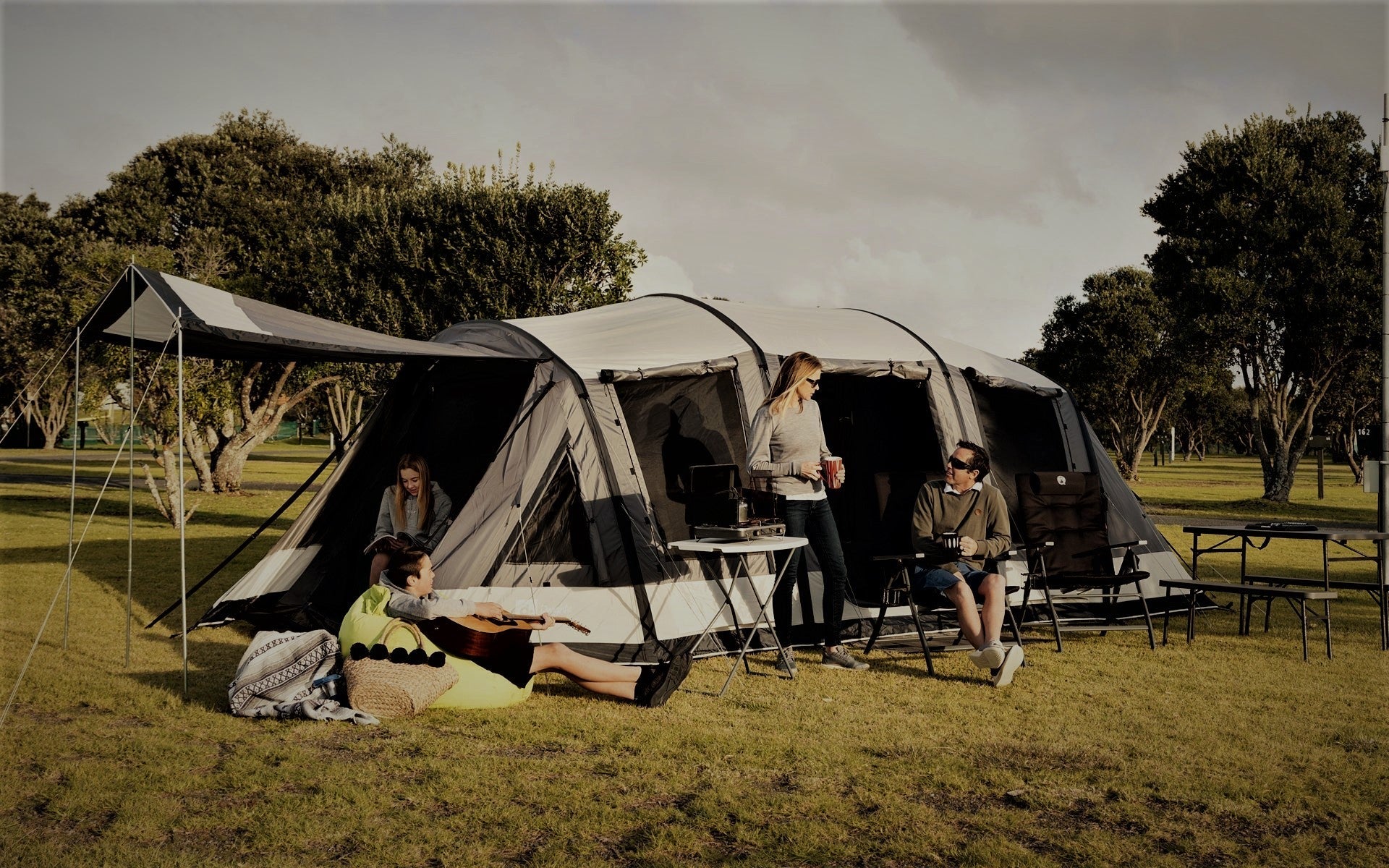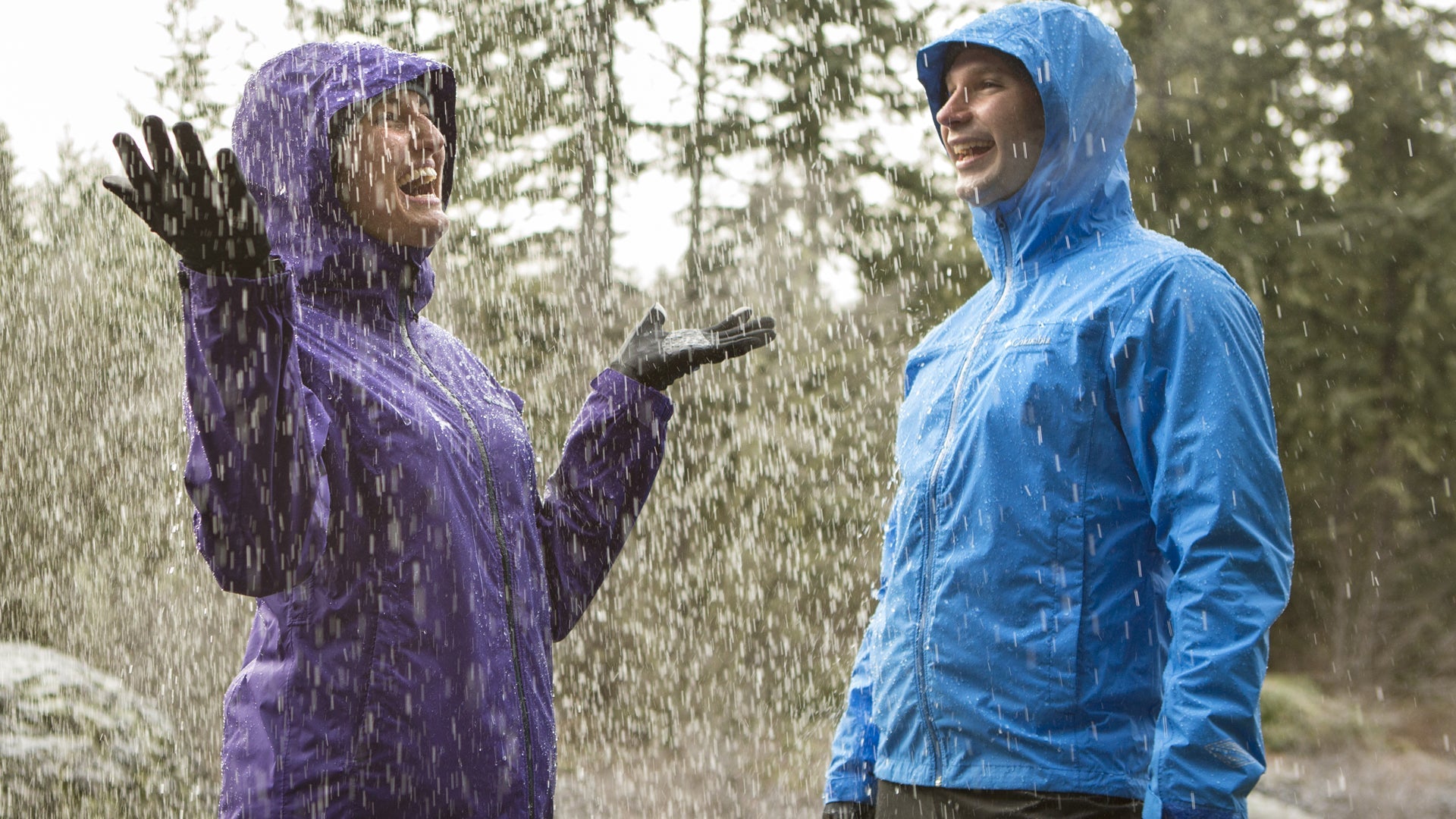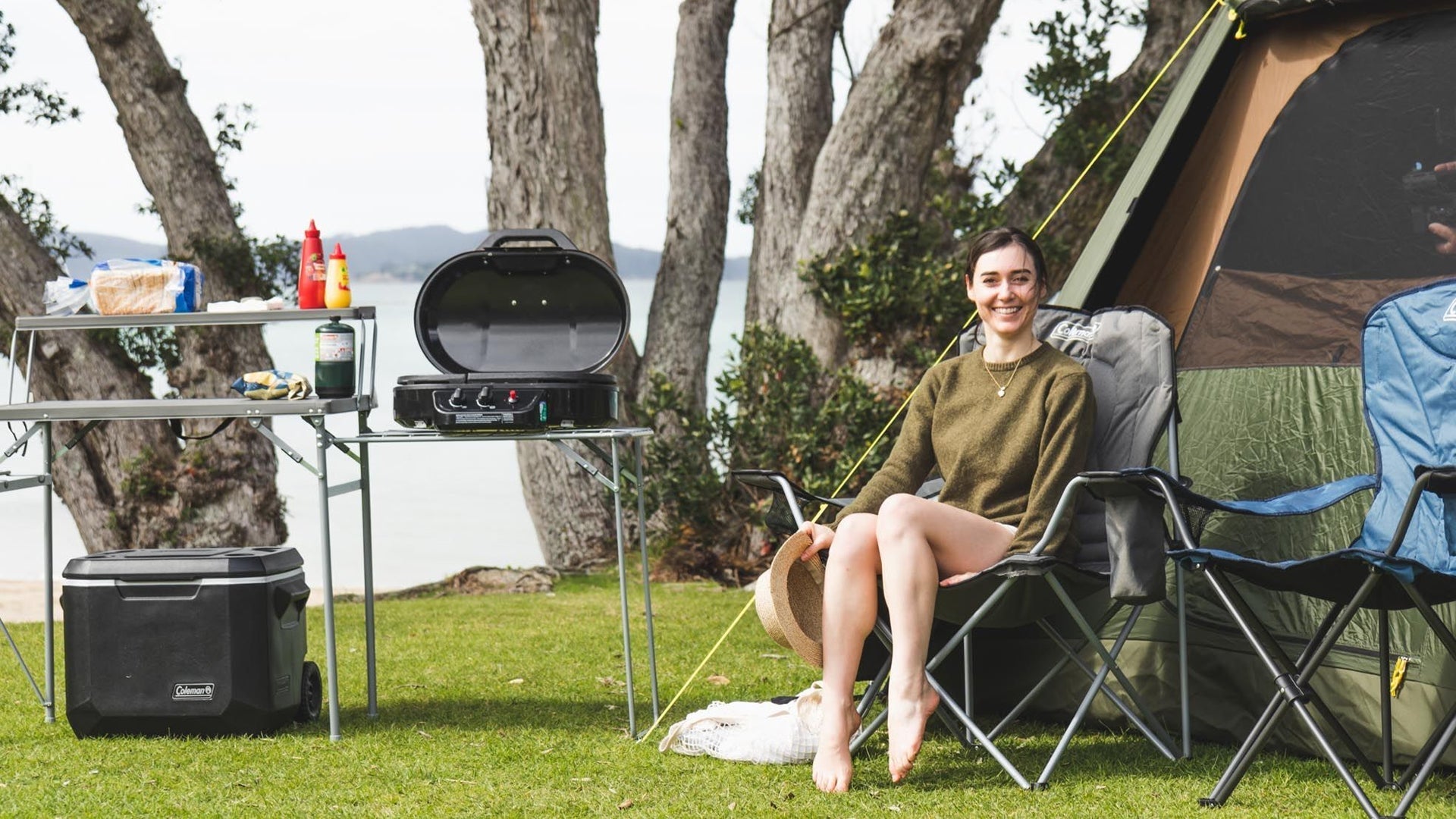How To Keep Your Tent in Perfect Condition During Rough Weather?
Tents have been around for thousands of years and whenever the term ‘tent’ is heard, the probable first reaction of many would be hiking, camping, a fun day at the beach, and more. A tent is much more than its signature triangular shape. Tents for camping have evolved enormously over the years. They are made of materials that have the potential to stand firm against rough weather that includes resistance to snow and rain. However, keeping them in rough weather is not a wise way to test their endurance. Here are a few ways you can keep them usable for longer periods.
Setting Up the Tent
Educate yourself about the tent by placing it in your garden, for example, to see if it checks the basic boxes, try setting up the tent in your backyard. You can check if the poles and wires of the tent are strong. You can also get a feel of the tent and make sure you have all the accessories necessary. You can pour water on the tent to see if it withstands it as much as it claims.
- An Appropriate Campsite: Looking for a campsite that will fit our preferences can be a tricky task since preferences change. The likelihood of not finding a ground sufficiently plain is also not a lot. The ground will be messy and rocky most probably so it is the task of the campers to clean the campsite of the same.
- Use Footprints If Possible: Footprints are the makeshift surface that can prevent cuts and abrasions. With the help of footprints, you can rest on a smooth and comfortable surface. It does not go past the entrance of the tent so there is no chance of water falling to the floor.
- Do Not Keep The Tent In The Sun For Long Periods: The camp tent should not be facing the sun for extended periods because it can damage the material of the tent. Nowadays the materials being used for making tents have evolved and despite having the ability to withstand the rays of the sun, it is not advisable to put them to the test as they can stand the rays for only so long.
Set Up the Tent in A Sheltered Area
Wind can be detrimental to a tent. Make sure you do not set up the tent in an area that receives less wind. Easier said than done. Here is you can be strategic:
- You can set the tent up behind dunes, trees, bushes, and behind other campers, for example. Keep a note of the direction of the wind so you don’t end up in the direction of the same. This can compromise the tent.
- Avoid pitching your tents under trees, especially gum trees as the branches of the trees have led to casualties. There have been cases where the entirety of the tree fell on the tent.
- Lastly, do not set your tent up where there is a chance of water getting pooled. There is no telling if or when you will be swept away unawares.
Make sure you place the ropes of the camp tent in different directions so they spread in all directions to stay safe from the wind changing directions. If you are looking to make your camping experience a memorable one, we, at Dwights, are more than happy to be at your service with our range of tents for groups, homestead tents, tarps for tents, and more.
Frequently Answer Questions:
- How do you protect a tent in a storm?
There is always the risk of storms or rainfall while camping so you can never be too careful. Upper guylines intensify the stability of the tent and strength of the tents. The lines have to be long enough for giving appropriate bracing. There are stakeouts around the bottom edge of the tent that offer support to the upper part of the same. Tents in NZ can be bought easily online and in physical stores.
- How do you keep a tent dry in heavy rain?
Rains are just as common as strong winds while camping. Tarps can be used as additional protection. Tarps can be very useful if you are camping in a wetter region. The tap can be used to create a dry area for camping. The tent can be under the tarp which will keep the former dry during rainfall. It can also be used on sunny days as shade for the tent.
- How do you set up a tent to withstand wind?
You can use double-walled camping tents. A rainfly can be tied down with the guylines which can give the tent additional ability to keep the wind at bay. The quality of the zippers also has to be given importance because they can keep the wind out of the tent. Sandbags or weights can also be attached to the tent. You can also try positioning the entrance of the door away from the direction of the wind.
- Is it a good idea to put a tarp under a tent?
Tarps protect the underside of the tent from punctures, cuts, and the like. It stands guard against water. Tarps can be a comfortable surface if you are not lucky in finding an appropriate ground for the camp tent and had to improvise.























